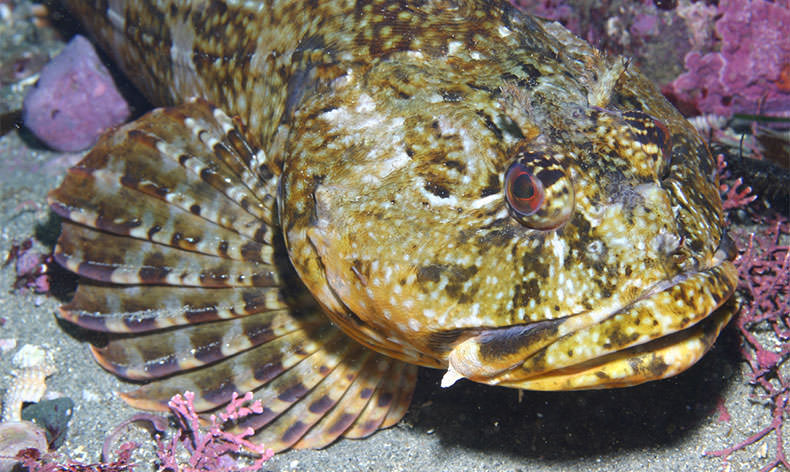
Concluding Remarks
This initial condition report on resource status and trends for Gulf of the Farallones National Marine Sanctuary indicates the need for management actions that address degraded conditions of some key habitats and living resources in the sanctuary. It is clear that the outer coast and offshore areas are in good to fair health, but some resources are in need of further investigation - for example, maritime archaeological resources and monitoring of pollutants, benthic habitats and species, and non-indigenous species. Most of the categories for the outer coast and offshore areas (15 of 17) had fair or better ratings, and two were undetermined due to lack of information. The estuarine resources of the sanctuary are in much greater need for investigation and management, particularly in the investigation of non-indigenous species, water quality and pollutants, and maritime archaeological resources. More than half of the categories for the estuarine and lagoon areas (10 of 17) had fair to fair/poor ratings, and three were unknown due to the lack of information. The general trend for living resources in the outer coast and offshore areas is stable or not changing, while the trend within the estuarine and lagoon areas is unclear or declining. The trend for habitat condition in the outer coast and offshore areas is either stable or improving, but there are some areas in need of investigation and monitoring, including the condition of biogenic habitats such as deep-sea corals and drift algae. Trend for habitat condition within the sanctuary's estuaries are stable or in decline. It is clear that data for water quality in both the estuarine and outer coastal areas is in need of analysis, and additional data collection is warranted. Maritime archaeological resources in all areas of the sanctuary are also in need of investigation.

The sanctuary has worked with local communities and other resource management agencies to implement best management practices, but it is still too soon to determine if the implementation of these stewardship programs and new regulations have made positive impacts on the estuarine areas of the sanctuary. The sanctuary works well with federal and state agencies to improve reporting and cleanup of oil pollution and works with local research institutions on the assessment of point and non-point source pollutants. The management plan identifies multiple efforts to enhance stewardship and awareness of sensitive marine resources. Specifically, among many other initiatives, the plan identifies education programs aimed at reducing wildlife disturbance and wildlife interactions with marine debris, detection and prevention of non-indigenous species, and strengthening of enforcement and community-based vigilance to reduce violations (Figure 54).
Research and monitoring programs will continue to be essential precursors to management at Gulf of the Farallones National Marine Sanctuary. Through its management plan and reports like this, the site and its partners will continue to protect and preserve our marine and estuarine resources through restoration, enforcement, enhancing stewardship and raising public awareness about sanctuary resources.
Acknowledgments
Gulf of the Farallones National Marine Sanctuary would like to acknowledge the assistance of Clancy Environmental Consultants, Inc. who was instrumental in developing the template and initial material for this document and for providing edits and reviews under contract to NOAA.We would additionally like to thank the participants in the August 2007 workshop who provided expert assistance to site staff in answering the set of 17 questions: Julie Barrow (retired, GFNMS), Andrew DeVogelaere (MBNMS), Joe Dillon (NMFS), Lisa Etherington (CBNMS), Darren Fong (NPS), Toby Garfield (SFSU), Kathleen Jennings (DFG), Mike Kellogg (SFPUC), Bill Kier (Kier Associates), David Lewis (UC Davis), Gerry McChesney (USFWS), Tom Moore (DFG), Sara Randall (Institute for Fisheries Resources), Paul Reilly (DFG), and Bob Schwemmer (ONMS West Coast Region).
The report benefited significantly from the following individuals who either provided a preliminary review of the report or provided comments and/or data: Sarah Allen (Point Reyes National Seashore), Lorraine Anglin (ONMS West Coast Region), Ben Becker (Point Reyes National Seashore), Martine Boswell (ONMS), Jennifer Brown (MBNMS), Natalie Cosentino-Manning (NOAA NMFS), Megan Forbes (NOAA Marine Debris Program), Dominic Gregorio (State Water Resources Control Board), Ted Grosholz (University of California, Davis), Kathleen Jennings (CA Office of Oil Spill Prevention and Response), Ian Hartwell (NOAA), Scott Kimura (Tenera Environmental), Gregg Langlois (California Department of Public Health), James Lindholm (California State University Monterey Bay), Steve Ralston (NOAA NMFS-SWFSC), Frank Schwing (NOAA NMFS), Bruce Terrell (ONMS), Mary Yoklavich ( NOAA NMFS-SWFSC), and members of the Gulf of the Farallones Sanctuary Advisory Council. Staff at the Gulf of the Farallones National Marine Sanctuary also provided valuable input, reviews, data, maps, and/or images: Kate Brimrose, Maria Brown, Miriam Gordon, Jamie Hall, Irina Kogan, Tim Reed, Karen Reyna, Mary Jane Schramm, Sage Tezak, and Christy Walker.
Our grateful thanks are also extended to the Influential Scientific Information reviewers of this document: James Allan (William Self Associates, Inc.), John Largier (University of California, Davis), and Rebecca Johnson (California Academy of Sciences).

